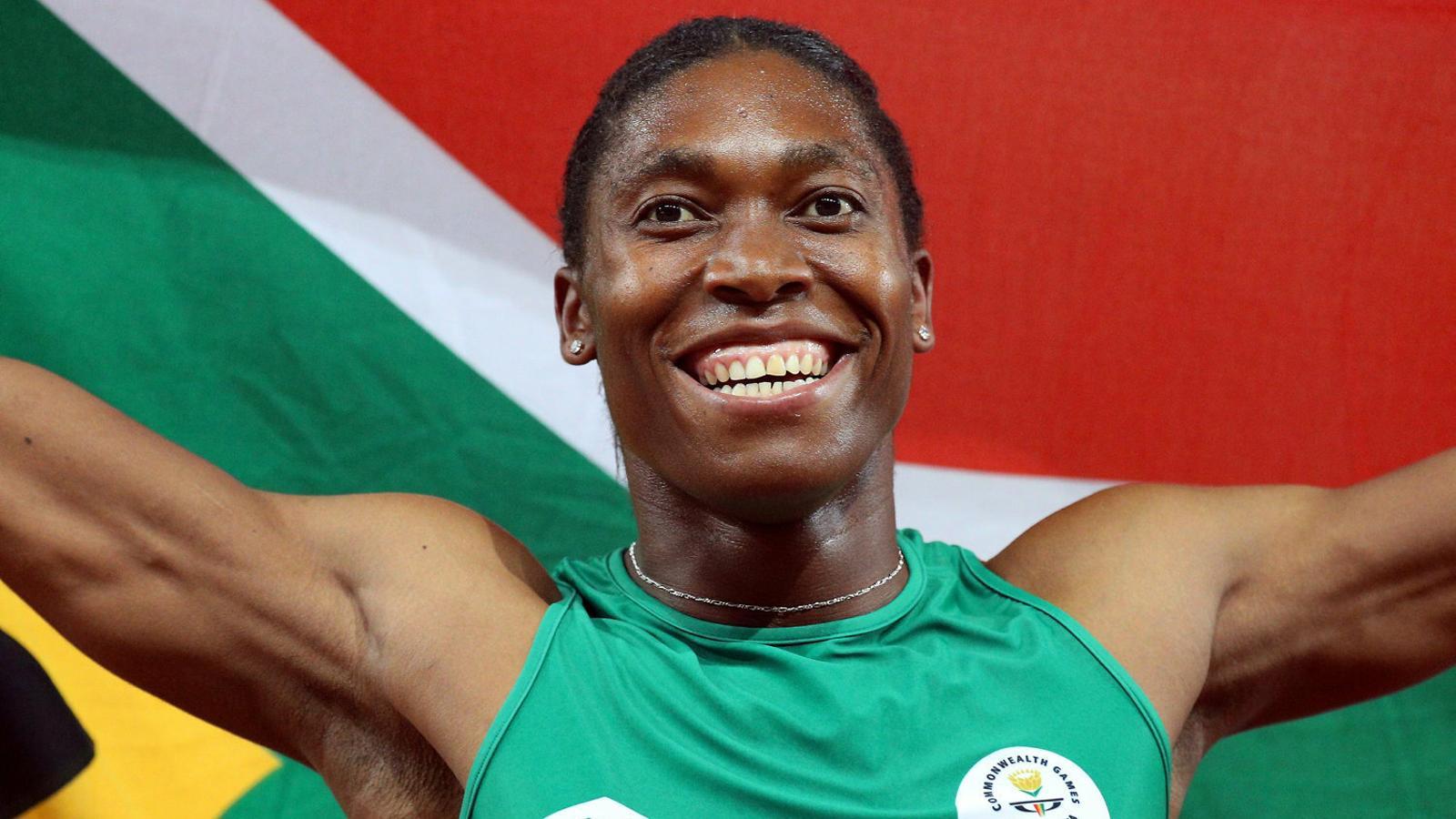Tests to prove you're a woman are coming to professional sports.
Before the next World Athletics Championships, you have to pass this test, as the Catalans who aspire to be in Tokyo have already done.


BarcelonaA few days ago, Tarragona hosted the Spanish Athletics Championships. It seemed like a normal championship, like any other, but the schedule for the 20 women participating was somewhat different from other editions. Before their debut, they had to go through a room at the Natalia Rodríguez track at the Campclar complex. There, doctors from the Royal Spanish Athletics Federation were waiting for them to perform a short test: they had to swipe a stick inside their mouths for a few seconds to obtain a saliva sample, which was then sent to a laboratory. Easier than testing in the time of COVID-19. The reason? To determine if these athletes can compete as women.
A few months ago, the president of the International Association of Athletics Federations, British Sebastian Coe, announced that World Athletics would require all athletes who want to compete in the women's category to undergo a test that guarantees their body is that of a woman. In other words, to verify whether their biological sex matches their gender. Athletes must undergo this test, called SRY, which looks for the presence of the biological male chromosome just once during their career.
"It will be a very clear process. It is non-invasive and required by medical standards after consulting up to 70 experts from various disciplines. Preserving the integrity of women's competition is a fundamental principle of athletics," Coe argued a few months ago. The Briton, who lost the race to be elected president of the International Olympic Committee, wants to avoid more cases of women competing like that of South African Caster Semenya, Olympic gold medalist in the 800 meters in 2012 and 2016. After becoming world champion in 2009, she was forced to undergo a competition to determine whether everything would be subject to a test yet to be determined. The tests determined that Semenya had XY chromosomes, the typical male pattern, and was one of several "biologically male athletes with female gender identities," meaning she had to lower her testosterone levels to compete.
From Caster Semenya to Imane Khelif and Yu-ting
The issue of athletes' gender has dominated the sports agenda in recent months. The Donald Trump administration, which will be in power when the 2028 Summer Games are held in Los Angeles, has placed considerable emphasis on this issue, and has influenced the discourse of the new IOC president. Kirsty Coventry, who said it "would be unfair" that transgender athletes could compete alongside women. A few days ago, Trump announced that, ahead of the upcoming Games, there is a possibility that female athletes will undergo gender verification testing. "I think there will be a very strong type of testing. And if the result is not adequate, they will not participate in the Olympic Games," he said. His statement comes after cases that sparked heated debate in Olympic boxing, such as that of Algerian Imane Khelif and Taiwanese Lin Yu-ting.
In athletics, the new regulations go into effect on September 1st, just before the World Championships in Tokyo, scheduled for the 13th of the same month. Hence, athletes with a chance of qualifying for the World Championships have been undergoing testing on five continents at the national championships. Once each athlete receives their results, she herself updates them on an encrypted platform created by World Athletics, where international medical services verify that they have passed the test.
The mockery of María José Díaz
If a woman has a negative result, she can request a second test, which would be performed by a different laboratory. If the results continue to be contrary to her interests, she would be excluded from competition, although she could be reinstated if she receives hormone treatments. "It's a complicated matter, and I don't have all the information on the matter. But if in the end nature has endowed an athlete with this uniqueness in her genes, I don't think it's her fault," said sprinter Maribel Pérez. "I don't have all the information on the matter; it's complex. I don't know why it was done. These are the regulations of world athletics, and they must be complied with, nothing more," commented Catalan 1,500-meter champion Esther Guerrero. Some athletes consulted by ARA admitted that they could understand the tests, but found them very intrusive. Soria-based runner Marta Pérez, for example, wrote on the website. Runner's World that "it's a very invasive test, because you wouldn't otherwise do it in your private life."
Gender verification tests are not new in international athletics. They were already being carried out in the 1950s, consisting of physical examinations, when a woman with a masculine appearance competed. But at the end of the 20th century, these tests stopped being carried out until the Semenya case, when a heated debate arose. After the Paris Games, the debate has escalated to the current policies, which can involve psychological or social punishment for athletes who are women but are excluded from competitions for having an organism that produces testosterone, even though it has neither anabolic nor androgenic effects, as happened to the Spanish athlete in the 1980s. An athlete born a woman, with a woman's body, who, because of her high testosterone levels, saw how the press labeled her a man and had to endure ridicule in a long struggle to prove what she already knew: that she was a woman.
